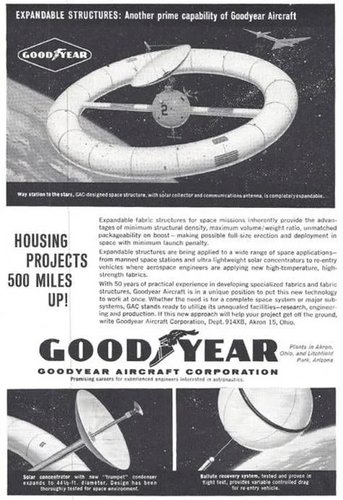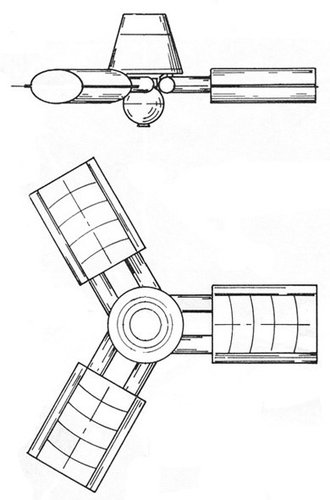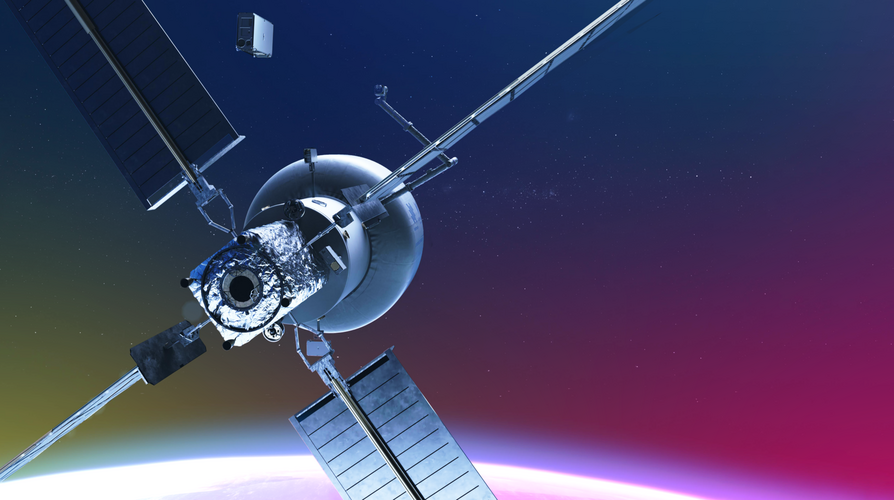With the current state of technology - slow spacecraft, no AG, inadequate radiation shielding - you'd have to be deluded/ignorant/stupid/suicidal/desperate/all of the above to put up your hand for a manned mission to Mars.
You'd be surprised at how much motivation you can squeeze out of a man when you promise him a pension, a few medals, and a place in history. NASA's manned Mars mission, which is likely going to go ahead in the 2040's assuming nothing silly happens, will probably physically destroy any astronauts who go there, but they'd be remembered forever. It's a decent trade for adventurous types.
A PI Orion and a DST bus isn't going to offer that much radiation protection or artificial gravity beyond what the ISS has anyway, both because they more or less already exist, and because the rockets that go into them won't allow it. Maybe a storm shelter for the four to six man crew will be included that is just a closet with sleeping bags and some waterbed-esque lining? That's about all you can really budget for mass wise I'd think.
Without more funding and a better developed world space industry, both of which is impossible at the moment, there's no other serious options besides extrapolating ISS stuff out another 20 years with some modern enhancements. Which is why DSH and DST both start with ISS-style capsules because that's the space operating standard. Perhaps the PRC will be able to push new standards, perhaps not, since they're the only other serious player that isn't the US in space.
Once the orbital mission finishes in the 2040's I'm sure NASA will start prepping for a manned landing in the 2070's. They might be able to start looking at more significant departures from the ISS standards then, since they would be almost 100 years old at that point.
I suspect the answer to that is that they reckon it looks cheaper, and hence politically more realistic, to stripe the medical research budget across other institutions' funding programmes, and to drip-feed the costs as and when "new" issues needing medical intervention are discovered. Call me an old cynic, but that is my view. With luck, we shall one day know who is right.
You're right, that's not cynical though, that's smart.
We literally don't know what health hazards might occur in a mission to Mars, so how can we budget for proper safety equipment? You cannot overbuild a spacecraft because you're working with extremely strict mass and budget margins. Which means extremely simple solutions reign supreme and overly complicated ones die out. It's why America went to the Moon in a tin can with a RCS bus instead of a direct ascent nuclear rocket with centrifugal gravity launched from a mercury solar powered rotating space station.
You kind of have to expose people to extreme dangers to find out what they need to survive there in the first place, too. Sure, that means breaking some eggs to make an omelette, but there are plenty of good eggs who are willing to do that, and it's very likely that the first Mars mission astronauts will come back with some big health problems. That can be fixed for the next Mars mission. And so on. And so on. It could very well turn out that artificial gravity was a blind alley all along.
Do we actually need artificial gravity on Mars? Can we design exercise equipment to mitigate the bone loss of astronauts over a two year mission to Mars sufficiently that they don't die on landing back in Earth gravity? If we can do that, we certainly won't need artificial gravity, because the point of AG isn't to eliminate bone or muscle loss, it's to allow astronauts to return to Earth without dying and be able to recover their lost bone and muscle in a gym like normal people. That's just going to happen no matter what you do. It's something that comes with the territory.
It could also turn out that Mars missions are infeasible without further industrial development of the Earth-Moon system to produce larger spacecraft that can be functional centrifuges or haul large artificial gravity bowl structures to Mars. Perhaps the 2001 starship will look as quaint as a Flash Gordon rocket if we ever start going past Mars due to its limited and lackluster emphasis on engineering in favor of Hollywood styling. No one knows, because no one has done it before, so it's still an iterative process.
You can certainly point to the accumulated data that are there and say "well there's this much radiation" or "ISS astronauts had this much bone loss over a year" but that's not really taking into account that a Mars mission has to operate within a budget determined by legislatures. If you had infinite resources it would be trivial to design a safe and effective spacecraft to Mars, but no one does, which is why engineering this thing is going to be quite hard.
There will be tradeoffs, and it's more than likely the tradeoff will be astronaut health, because the human body is the most effective self-healing machine anyone has ever seen. It's also free, excluding the cost of gym membership and cancer screening every 9 to 18 months, so it's not going to cost the Congress a cent.
Of course, if someone is overly concerned about musculo-skeletal health then being an astronaut probably isn't for them.
















